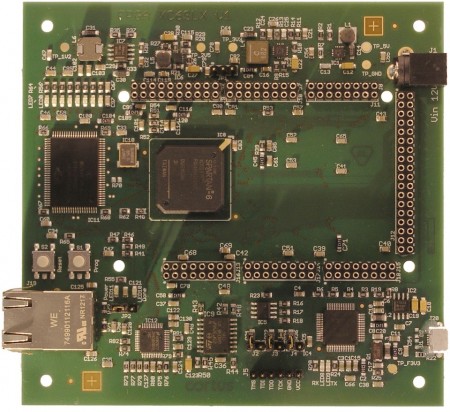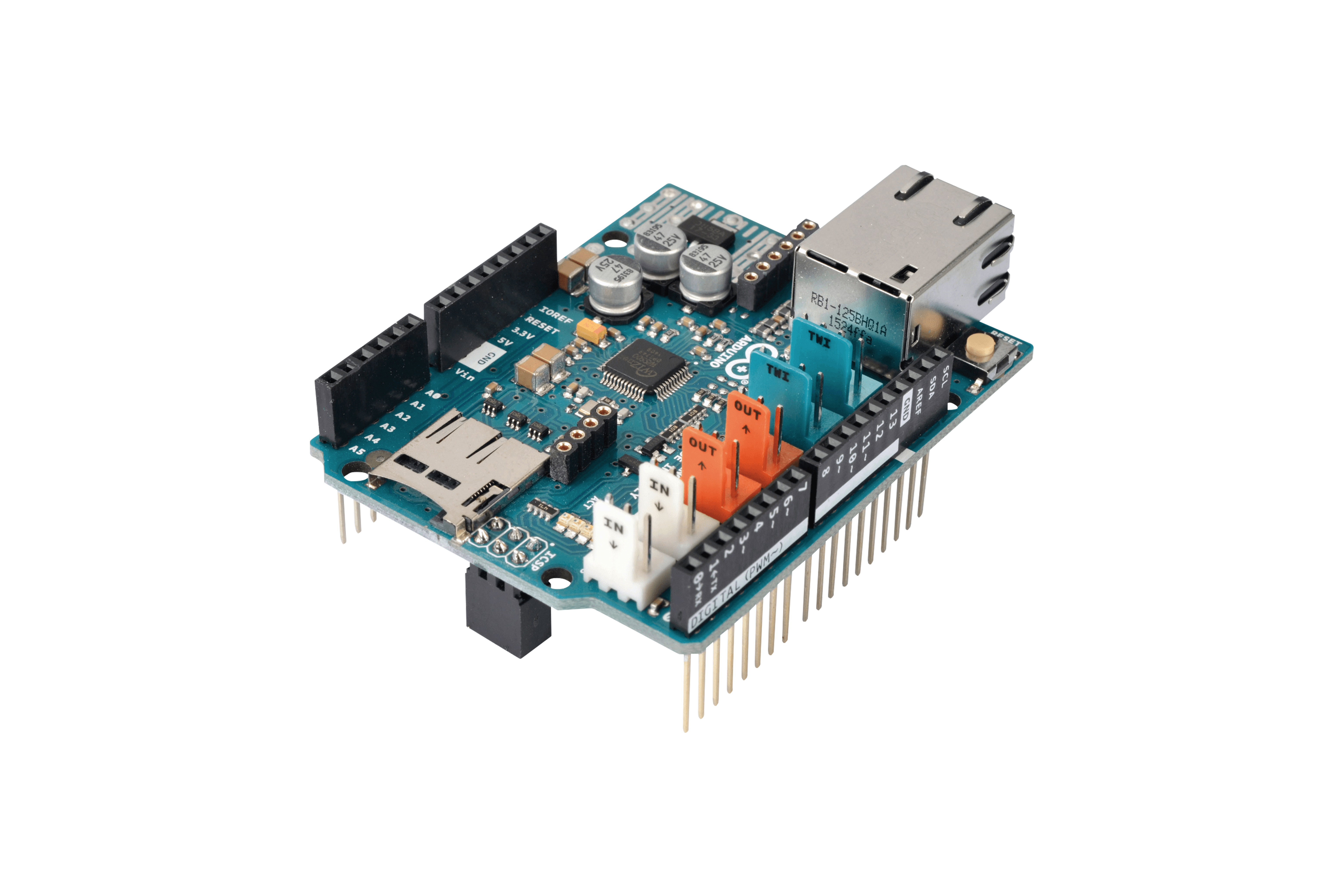

While the Arduino family of boards connect to your computer using a USB virtual serial port, the ATmega ones have an actual serial connection on-board.

If you look under the hood, the answer is hiding in plain sight.

He sets up an experiment with a simple sketch on both boards and uses Wireshark to evaluate the results.ĭata is sent in the USB packets in groups of four characters on the ATmega-based boards, but the entire string is put in a packet on the Due board. wonders why the SerialUSB() function on the Cortex M3-based Arduino Due is so much faster than Serial() on the Uno or Nano, and shares his observations in this short video. But even as it is, it’s a great tool.Ĭontinue reading “Tricked-Out Breadboard Automatically Draws Schematics Of Whatever You Build” → Posted in Misc Hacks, Tool Hacks Tagged Arduino DUE, continuity, I/O, KiCAD, python, schematic Plus, we can see a path forward to automatic IC probing, and even measurement of passive components too. But this seems like one of those things where getting 80% of the work done automatically and worrying about the rest later is a big win.

admits the schematics are crude at this point, and that it’s a bit inconvenient to remove some components, like ICs, from the breadboard first to prevent false readings. A Python program then uses the connection list, along with some basic information about where components are plugged into the board, to generate a KiCad schematic. A program runs through each point on the breadboard, running a continuity test to see if there’s a jumper connecting them. The trick is using a breadboard where each bus bar is connected to an IO pin on an Arduino Due. Thanks to, there is, in the form of the “Schematic-o-matic”, which aims to automate the breadboard documentation process. Then comes the “What have I done?” phase, where you’ve got to backtrack through the circuit to document exactly how you built it. When it comes to electronic design, breadboarding a circuit is the fun part - the creative juices flow, parts come and go, jumpers build into a tangled mess, but it’s all worth it when the circuit finally comes to life.


 0 kommentar(er)
0 kommentar(er)
